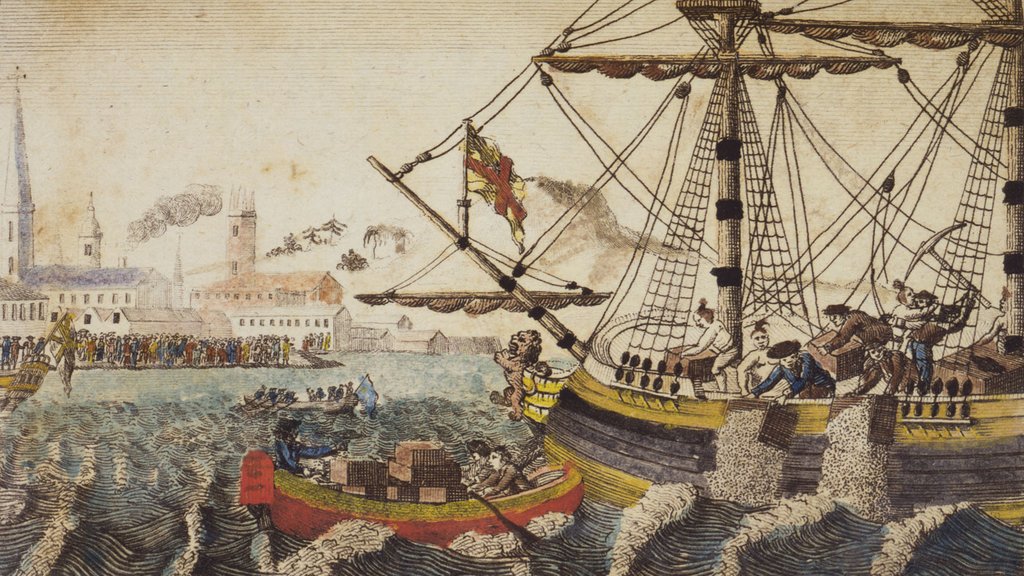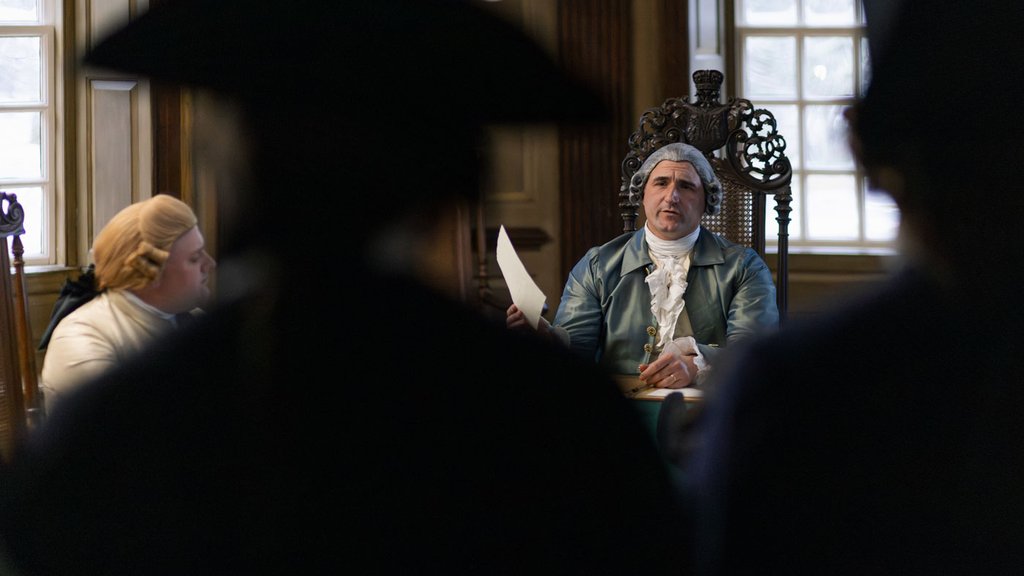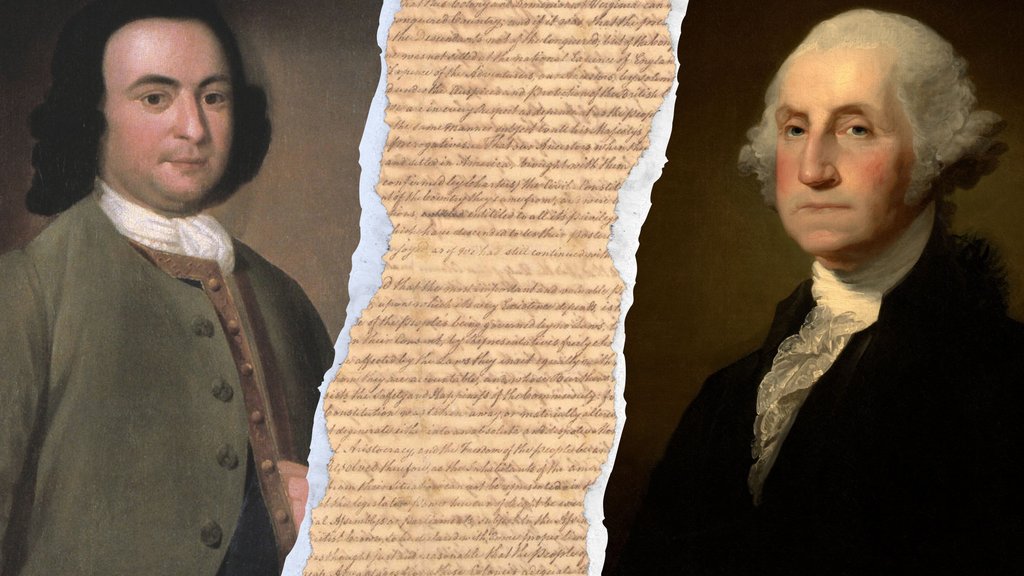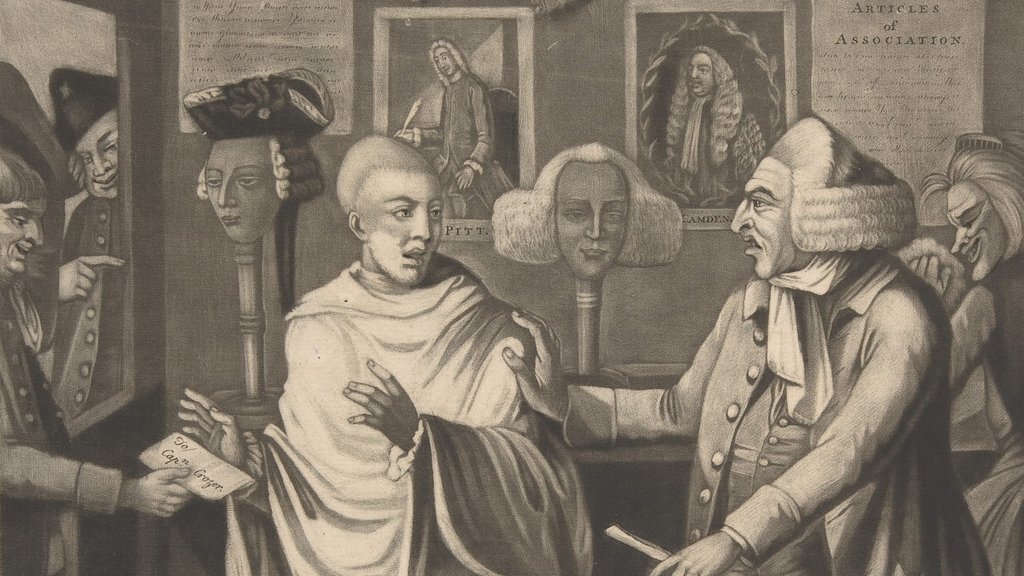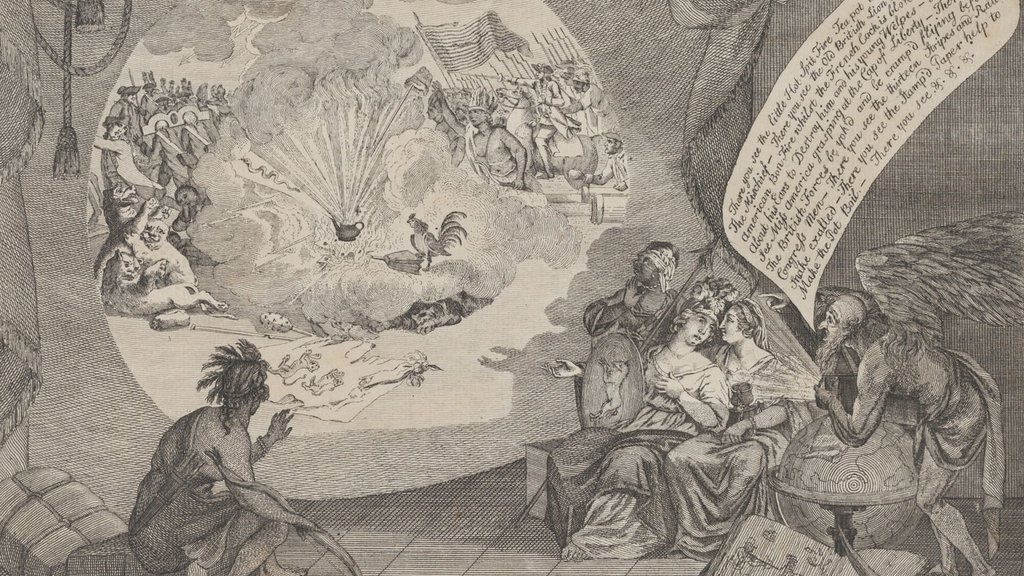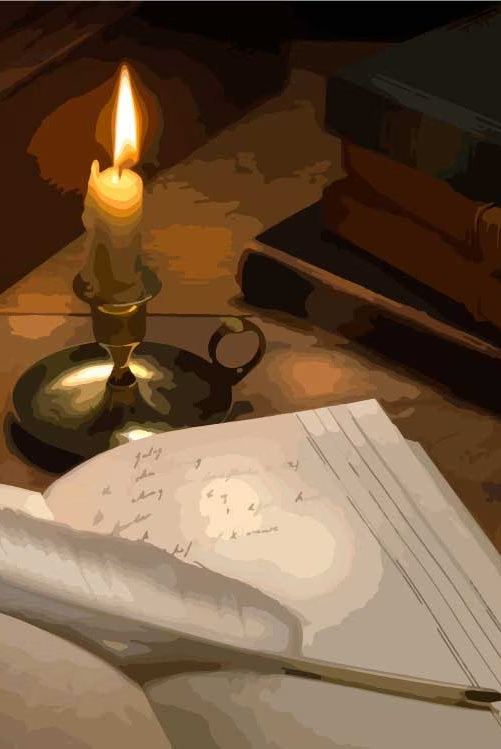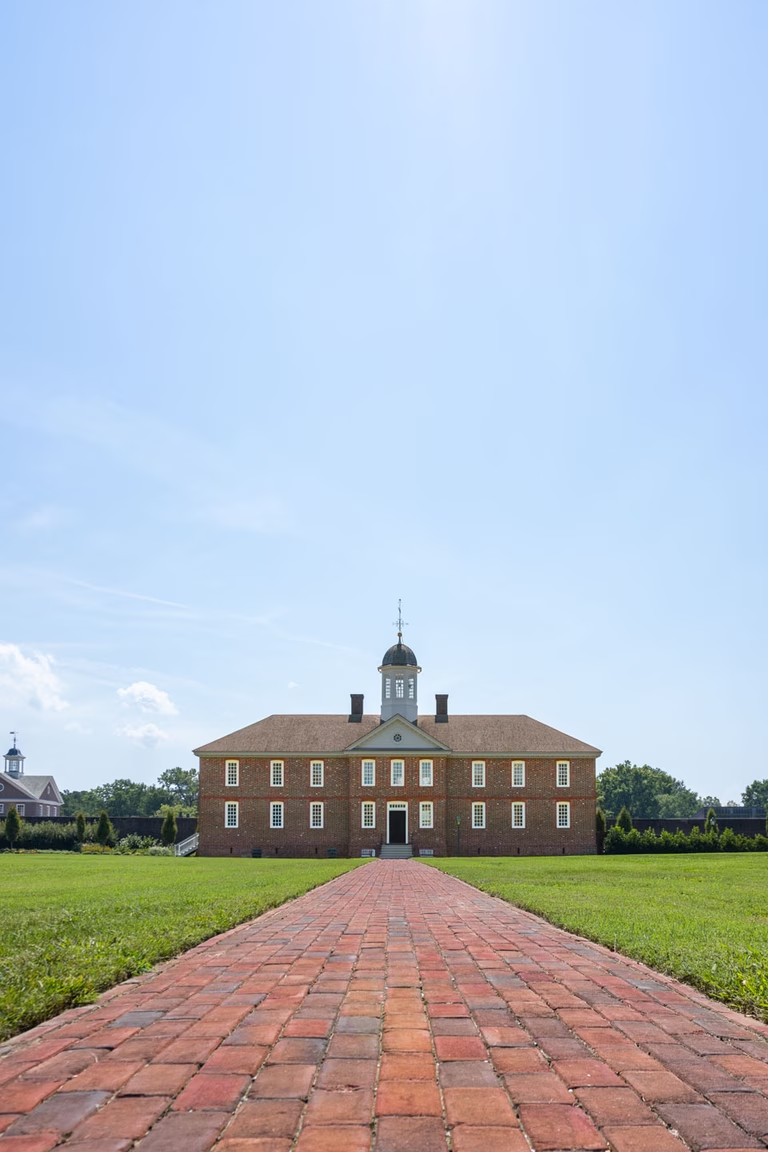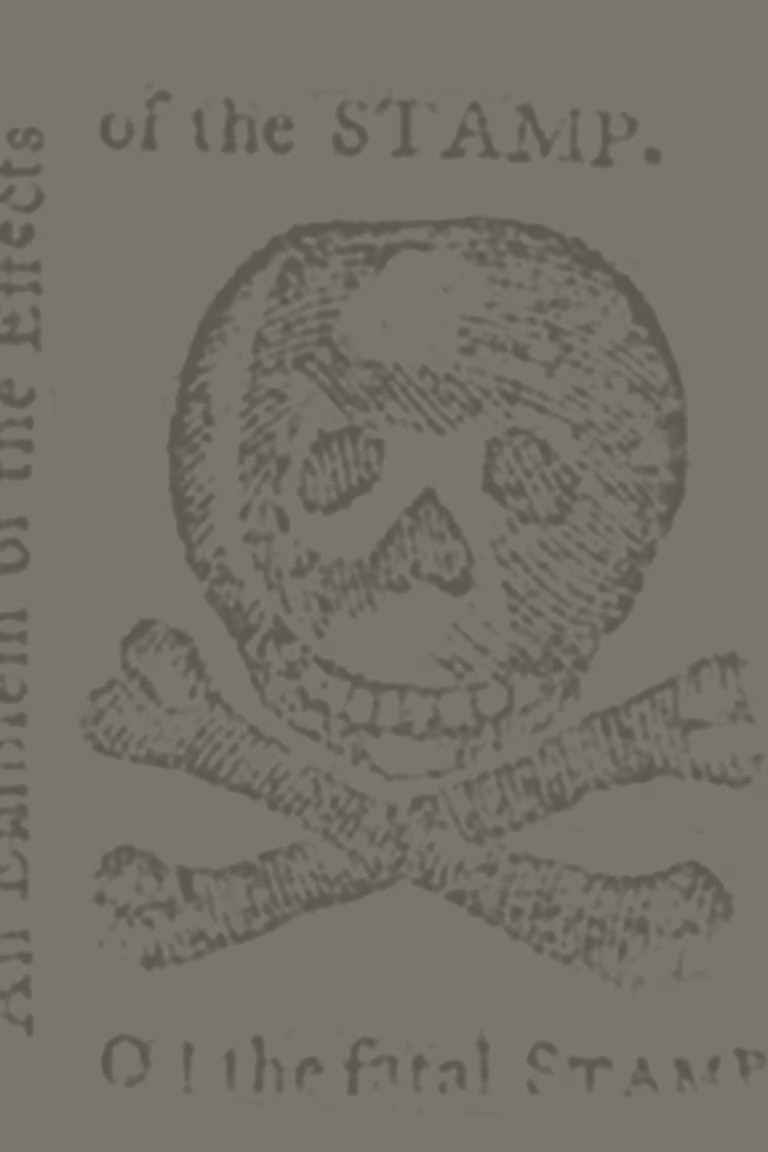Most Americans know the story of the Boston Tea Party of December 16, 1773. Many love it. But there's one perplexing detail. Why did they dress like Native people?
The Tea Crisis
Tea was one of the American colonists’ favorite drinks. But in 1773, after the British government changed the way it regulated and taxed tea, a crisis engulfed the empire. Tea became a source of not only refreshment, but also rebellion. Learn more about how the tea crisis swept through Williamsburg and moved Virginia toward revolution.
Explore the Tea Crisis
Governor Dunmore’s dissolution of the House of Burgesses sparked a political crisis. In the aftermath, Virginia’s leaders began to defy the existing constitutional order and build new political systems for themselves.
Angry Virginian tempers were rising like summer mercury in July 1774. It was an “exceeding Warm” morning, according to George Washington, when the people of Fairfax County approved a series of radical resolutions. Likely co-authored by George Mason and Washington, these resolutions are now known as the Fairfax Resolves. Though seldom discussed today, they created an influential model that helped to lead Virginians and eventually all the American colonies toward independence.
The First Continental Congress, a meeting of representatives from twelve British North American colonies, had convened in the autumn of 1774 in Philadelphia. They adopted the Continental Association on October 20, which was an agreement to restrict imports and exports, and not to consume certain goods. Colonial leaders hoped that the boycott would force British leaders to change its policies toward them.
The Boston Tea Party was only one event in a larger crisis. During the fall of 1773 and the winter of 1774, American colonists debated whether they should pay taxes, acquiesce to British commercial policy, and otherwise accept imperial control over their affairs.
